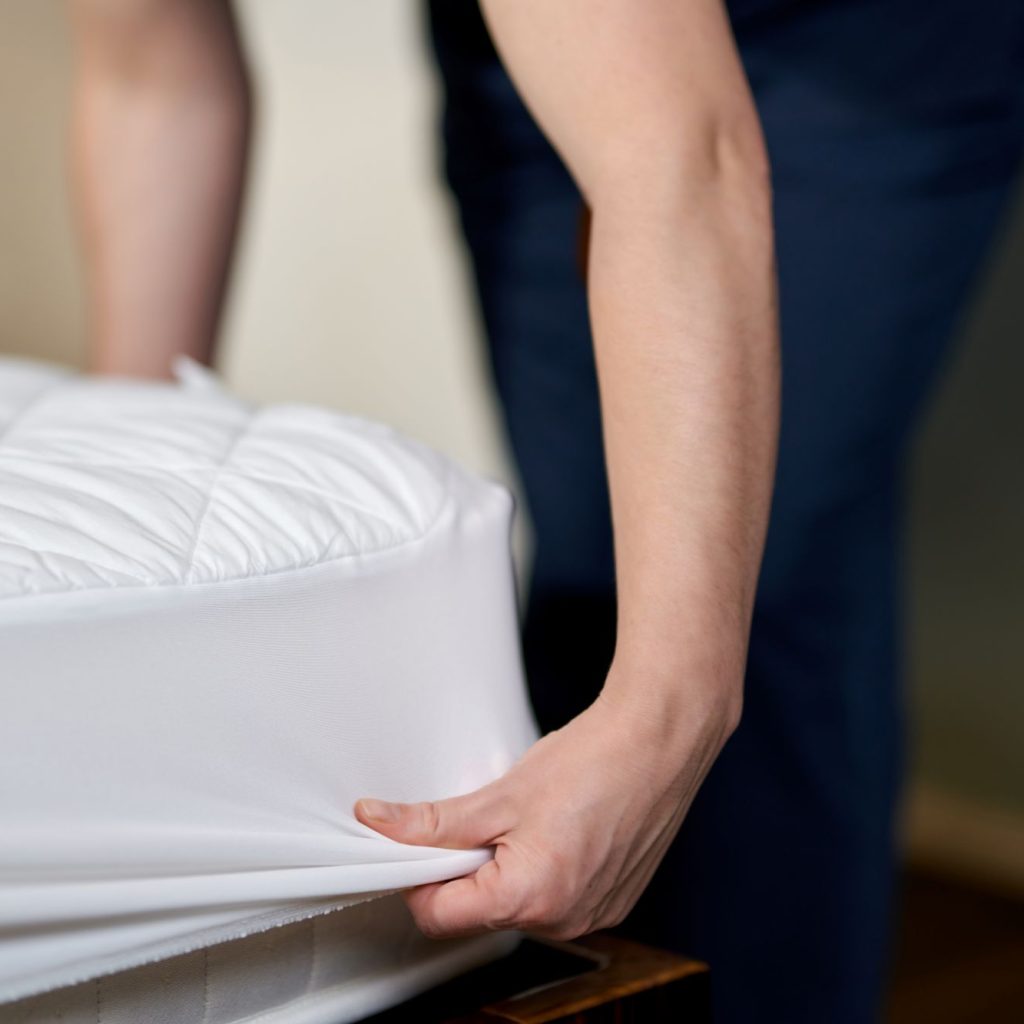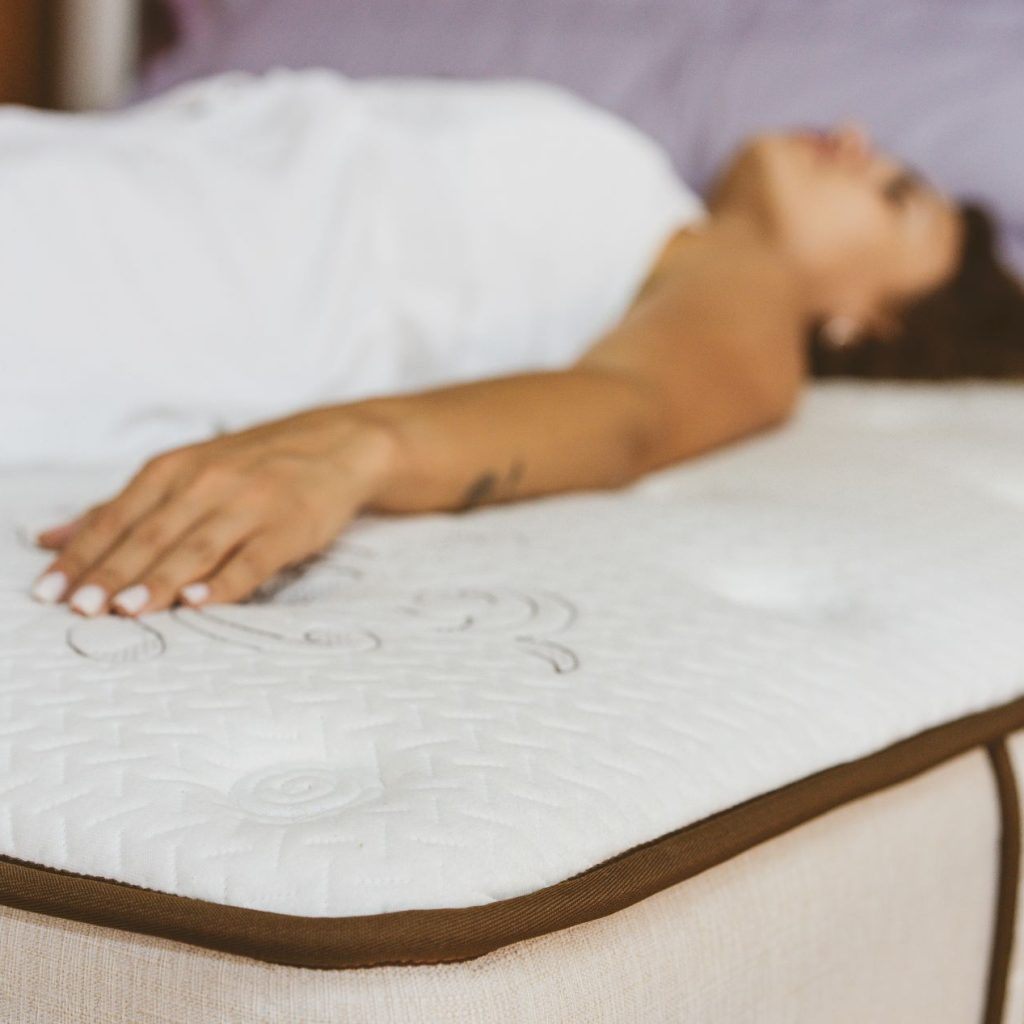Why Customisation Is Key in Choosing the Perfect Bed
Personalised bed comfort starts with finding the right mattress for your body and sleep preferences. You probably already know that you can find a bed in a range of sizes, featuring a number of different materials. But customisation options can go far beyond that, empowering you to experience exactly the right contouring, support and comfort for your unique needs.
Learn from the Dreamwool Beds experts exactly how to use mattress tailoring to give yourself the most luxurious sleep of a lifetime.
Customisation Mattress NZ
Latex or Pocketspring
The first choice you’ll want to consider is whether you would prefer a pocketspring or a latex mattress. These options can offer two different but equally luxurious sleep experiences. They can each achieve the same level of firmness, with pocket springs providing flatter firmness and latex offering a bit more deflection.
Size
As a luxury, hand-crafted bed manufacturer, Dreamwool makes beds in all standard sizes (Single, King Single, Double, Queen, King, Super King, Californian King) as well as European sizes and any custom size you might need, for instance, for your yacht or RV. We recommend choosing the largest bed size that will fit comfortably in your available space.
Firmness
Different wire gauges and latex densities can help you achieve your ideal level of firmness. A firmer mattress will feel more like you’re lying on top of it, rather than conforming into it, as you would with a softer mattress. But like with anything, there is no one-size-fits-all solution. Age, weight, body type, injury, illness, partner comfort, and sleep preference can all affect your final mattress selection.
The only way to know for sure what works best for you is to lie down on the mattress and try it for yourself. Spend at least a few minutes trying it on both your back and your sides, and talk to the salesperson about your sleep preferences. If you’re tossing up between two options, we’d suggest erring on the slightly softer side; a bed will always feel firmer after eight hours of rest than it did after a 10-minute test on the shop floor.
How can I customise my pocketspring?
The thickness of your wire gauge can affect the firmness of your mattress, as does the coil count. A high coil count with a heavier gauge might feel quite firm, whereas the same gauge with fewer springs can feel much softer. It’s all to do with the pitch and diameter of the spring; every one has its own performance that can provide very different types of comfort and support.
Partner Preference
Bed comfort is easiest to achieve when there’s only one sleeper to accommodate, but that doesn’t mean that partners need to compromise. Just as you wouldn’t wear each other’s clothes, you shouldn’t expect that your sleep needs and preferences will be the same as your partner’s. If you are significantly different sizes, or your sleep positions or needs are very different, a great option can be a Split mattress option, where each partner is able to customise their side of the bed so that it suits their unique body and preferences.
Why should you customise your mattress?
Customisation is happening everywhere; there’s no reason it shouldn’t apply to your sleeping environment as well. People are finally starting to acknowledge that sleep is the most critical aspect of overall health and well-being. So why not invest in a tailored solution that works best for you?
Bed-in-a-box models might be convenient, but they’ll never deliver exactly what you need. By going into a shop and talking through your preferences with a knowledgeable salesperson, you can find out exactly what combination of materials and benefits will work best for you and test it for yourself.Dreamwool’s premium pocket spring and latex ranges offer a variety of customisable sizes, firmnesses, and spring gauges to suit your unique needs and sleep preferences. Book a consultation today and find your perfect fit.
Read More



